Technology
Pressure Cooker: How to Make the Most of This Essential Appliance
The pressure cooker can be your great ally when it comes to quickly preparing nutritious delicacies.
Advertisement
Pressure cookers are real wildcards in the kitchen, capable of transforming meal preparation into a more efficient and faster task. In this comprehensive guide, we'll explore everything you need to know about pressure cookers, from their benefits and types to safety tips and delicious recipes to try. Let's go!
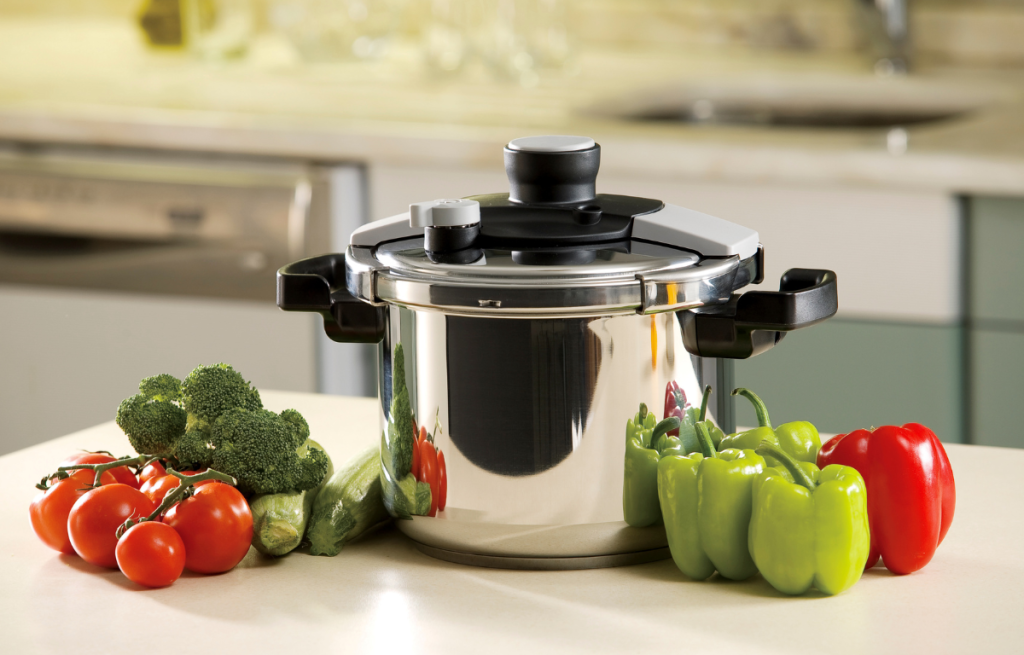
Introduction to Pressure Cookers
Pressure cookers are kitchen utensils designed to speed up the cooking of food, taking advantage of the internal pressure generated by steam. They operate on a simple but powerful principle: creating internal pressure, taking advantage of the steam generated during cooking. This high pressure allows the boiling temperature of the water to increase, which dramatically speeds up the cooking process.
This way, what might previously have taken hours to prepare can be done in a matter of minutes, saving precious time in the rush of everyday life and allowing you to enjoy delicious, well-prepared meals in an instant.
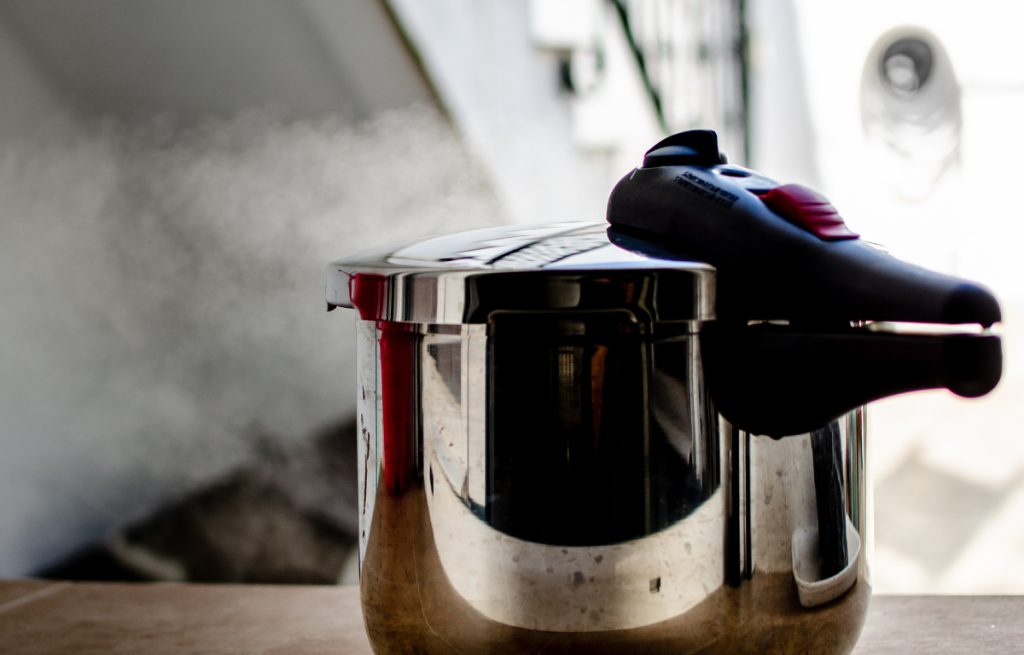
Types of Pressure Cookers
When searching for pressure cookers, you will find two main types: the traditional ones and the electrical. Each has its own distinct advantages and features.
Traditional Pressure Cookers:
Traditional pressure cookers are the most common and work directly on the stove. They consist of a sturdy metal container, a lid with a rubber seal, and a set of safety valves. These pans require constant supervision from the cook, who must adjust the heat on the stove to keep the desired pressure and cooking time in check.
Electric Pressure Cookers:
Electric pressure cookers are more modern and autonomous versions of this appliance. They have digital controls that allow you to program the cooking time and desired pressure, making the process much simpler and more convenient. Plus, many of them have additional features like warming and slow-heating functions, making them versatile for a variety of recipes.

How to Preserve Fresh Herbs
Discover the secrets to preserving the vitality and flavor of fresh herbs
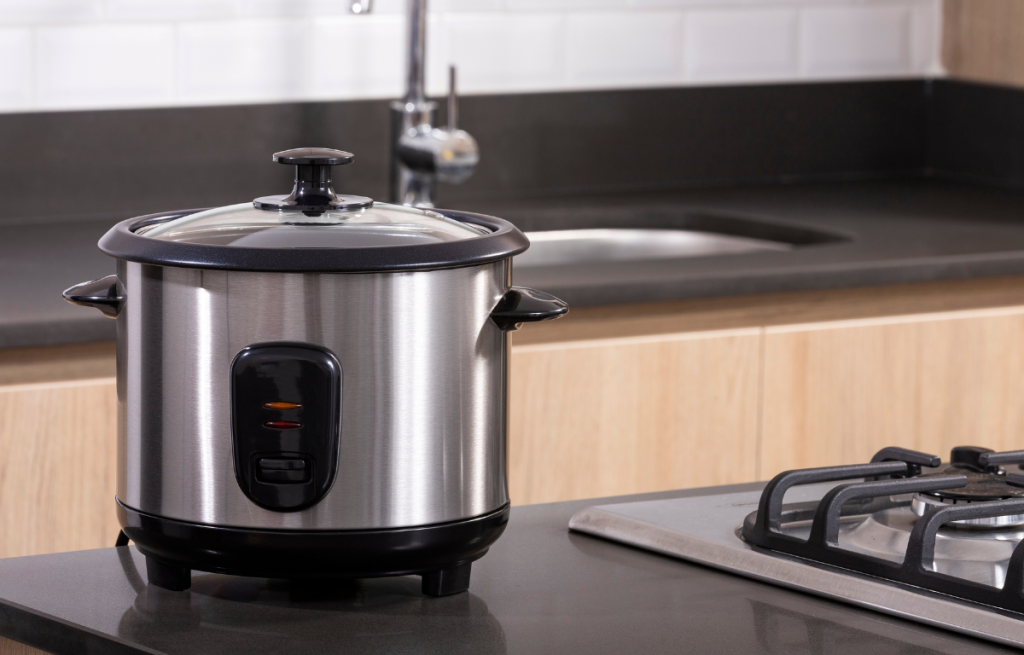
How to Choose the Right Pressure Cooker for Your Needs
Choosing the right pressure cooker depends on your personal needs and preferences. Here are some aspects to consider when making your choice:
Size: Choose the pan size based on the amount of food you normally cook. Larger pans are ideal for larger families or for preparing large meals.
Material: Pressure cookers can be made of stainless steel, aluminum and other materials. Stainless steel is durable and resistant to corrosion, while aluminum is lighter but can wear out more quickly. Evaluate the material of the pan carefully before purchasing.
Safety Valves: Check whether the cooker has reliable safety valves to release excessive pressure and ensure safety during use.
Extra Features: Consider additional features such as a timer, pressure indicators, and heating functions if you want more control and versatility.
Budget: Set a reasonable budget and find a pan that fits within it. Remember that quality is essential, so look for a balance between price and functionality.
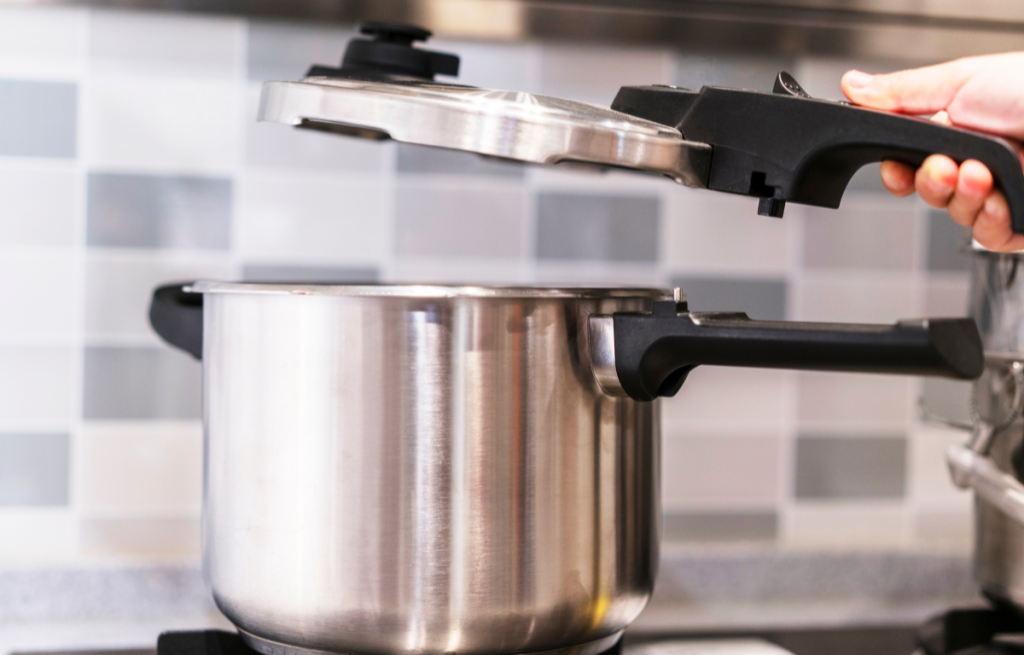
Cleaning and Maintenance of Pressure Cookers
Keeping your pressure cooker in good condition is essential to ensure its durability and safety when cooking. Here are some additional tips for proper cleaning and maintenance:
1- Disassemble the Pot: After each use, disassemble the pressure cooker completely. This includes removing the gasket, safety valve and other removable parts according to the manufacturer's instructions. This will facilitate thorough cleaning.
2- Wash Carefully: Wash all parts with warm water and neutral soap. Use a soft brush or non-abrasive sponge to remove food residue and stains. Avoid using abrasive products or steel wool, which can damage the internal coating.
3- Attention to Valves and Gasket: Pay special attention to the safety valves and the sealing gasket. Make sure there is no food residue or dirt accumulated in these areas, as this could compromise the seal and safety of the pan.
4- Check the Sealing Gasket: The sealing gasket is a critical part for the safe operation of the pressure cooker. Check it regularly for signs of wear, cracks or dryness. If you notice any damage, replace immediately.
5- Proper Storage: Store the pressure cooker with the parts disassembled and dry to avoid the formation of mold or unwanted odors.
6- Check the Safety Valves: Regularly check the safety valves to ensure they are working properly. They must open and close freely. If you notice any problems, contact the manufacturer or a qualified technician to carry out the necessary checks and repairs.

The Best Apps for Cooking
Cooking apps are programs for mobile devices designed to make life in the kitchen easier.

Common Mistakes That Should Be Avoided
Avoiding common mistakes when using a pressure cooker is crucial to ensuring safety during the cooking process. Here are some of the most common mistakes that should be avoided:
1- Opening the Cooker Prematurely: A serious mistake is trying to open the pressure cooker while it is still under pressure. This can cause extremely hot and dangerous jets of steam. Always wait for the necessary time for the internal pressure to be released before opening the pan.
2- Overfilling: Overfilling the pressure cooker with food can block the safety valve and increase the risk of accidents. Follow the manufacturer's guidelines for maximum pan capacity.
3- Lack of Maintenance: Not carrying out adequate maintenance on the pan, such as cleaning and checking the safety valves and sealing gasket, can compromise safety and performance.
4- Ignore the Manufacturer's Instructions: Each pressure cooker may have specific specifications and guidelines from the manufacturer. Ignoring these instructions may lead to unsatisfactory and unsafe results.
5- Use on Unsuitable Stoves: Using a pressure cooker not designed for induction cookers or other types of unsuitable stoves can damage both the pan and the stove. Check compatibility with the heat source.
6- Use Damaged Cookware: Pressure cookers with visible damage, such as dents, cracks or deformations, can be dangerous. Do not use a pan that is in poor condition.
7-Use Very Old Cookers: Old pressure cookers may not meet the latest safety standards. If possible, consider replacing it with a more modern and safer pan.
8- Not Carrying out Safety Tests: Periodically, it is recommended to carry out safety tests to check whether the safety valves work properly. Follow the manufacturer's guidelines for performing these tests.
Delicious Recipes to try in the Pressure Cooker
Trending Topics

Unmissable Tips for Organizing and Decorating the Bathroom
Your bathroom can become a very pleasant, relaxing and beautiful space with easy organization tips.
Continue lendo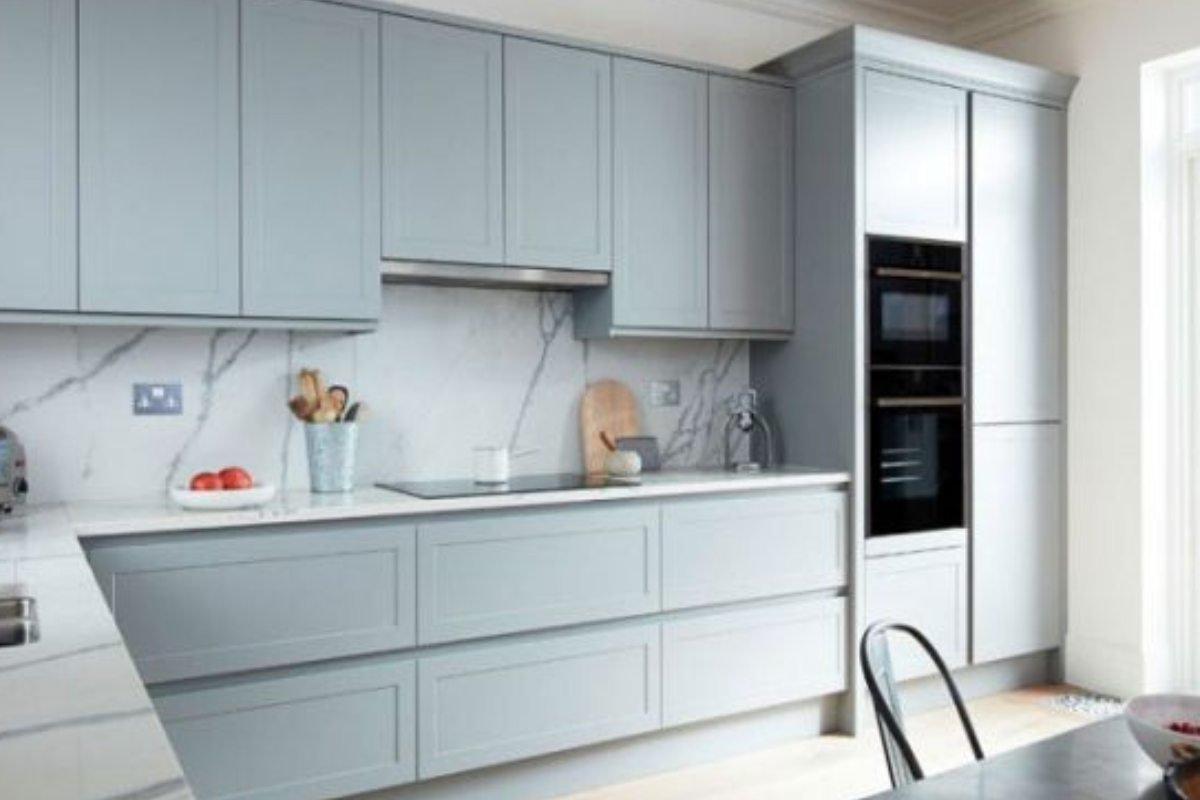
Kitchen Cabinet: 10 Types for You to Make in Your Home
a good kitchen cabinet is essential
Continue lendo
Best Plant Care Apps
Plant apps help in many ways. They are designed to provide useful information about plant care, species identification, and gardening tips.
Continue lendoYou may also like

How to Turn Your Home Into a Smart Home
Discover the Secrets of a Smart Home and be surprised by the technology that is changing the way we live
Continue lendo
Wallpaper Tips for the Bathroom
Wallpaper can be an excellent option to decorate the bathroom, bringing a touch of personality and charm to the room.
Continue lendo
Montessorian Bed: Autonomy and Safety for the Child
Have you considered the option of a Montessori bed for your child's bedroom? She can provide a safe and nurturing environment for his early development.
Continue lendo